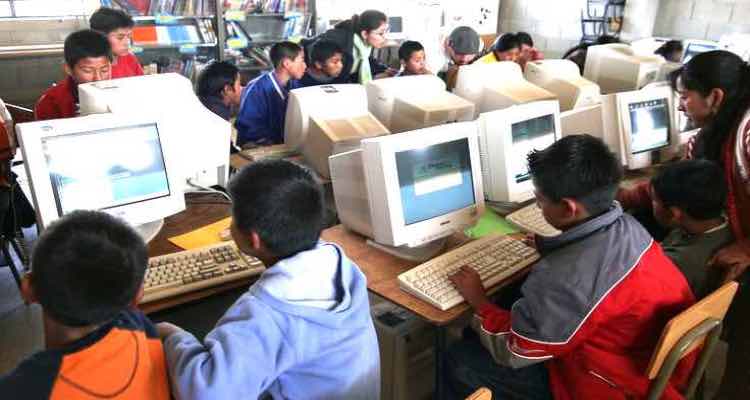International: Success Stories

Kiswahili Family Literacy
Family Learning in Africa
Father Mtembu looked out across the scene behind his church, and wiped the sweat off his face with his pocket cloth. Seated at a half dozen picnic tables were nearly 30 children, the second group of 30 of the afternoon. It had taken fifteen minutes just to collect the 10 Shilling coins, buy hours for the children and hand out the tablets. Now he could hear the boys and girls arguing over answers and over what to do next.
How many blessings were represented here? Children learning to read and write. Children away from the temptations of the street while their parents are at work. Children helping other children. Children bringing literacy home to their parents. Funds for the church. Perhaps most important, children learning that the church is a place of learning and personal development, not a place of boredom and fine clothes.
As he watched the scene, Father Mtembu thought about how he had gotten here: the young man contacting him at the behest of the Bishop, the conversations about the need for further educational opportunities after school and how his church could contribute, handing out flyers after services, and his astonishment to find twenty children lined up at the door on the first day. Now he wouldn’t be surprised to see one hundred children someday. The word about the literacy software was spreading through the community on the backs of the tablet computers he loaned out with such trepidation.
The best part were the stories that the children’s parents told as he greeted them after services. About their children’s performance in school, about their own reinvigorated journeys to become literate in Kiswahili or English, about their other children learning from the software at home. These stories more than pay for the risks of losing a tablet. And, the children are so careful. They value the tablets like they were their own.
Yes, his church had become a place of learning and a catalyst for the development of his community. Maybe he could offer an adult learning program in the evening?
Family Literacy and International Education
In spite of these results, the methods of developing literacy in all languages are well known:
- Build reading and writing skills in the learner’s first language first, and then transfer those skills to other languages of instruction,
- Provide students with scaffolded instruction in phonemic awareness, decoding, vocabulary, fluency, comprehension and written expression, and
- Provide a reason for reading and writing – for pleasure, to be informed, to accomplish a task, and provide practice in reading and writing across a wide range of subjects of interest.
When the local school system is not structured along these lines, outcomes are weak. Teacher training in the use of supplemental lessons to fully teach the six elements of literacy are highly effective (e.g., www.edvigor.org).When such training is not available, literacy skills development software can provide a substitute for students motivated enough to maintain use over the long periods of time necessary to become literate.
REQUEST A CONVERSATION OR WEB DEMO
Request a Conversation or Web Demo today to see how The Family Learning Company’s products can help your students.
